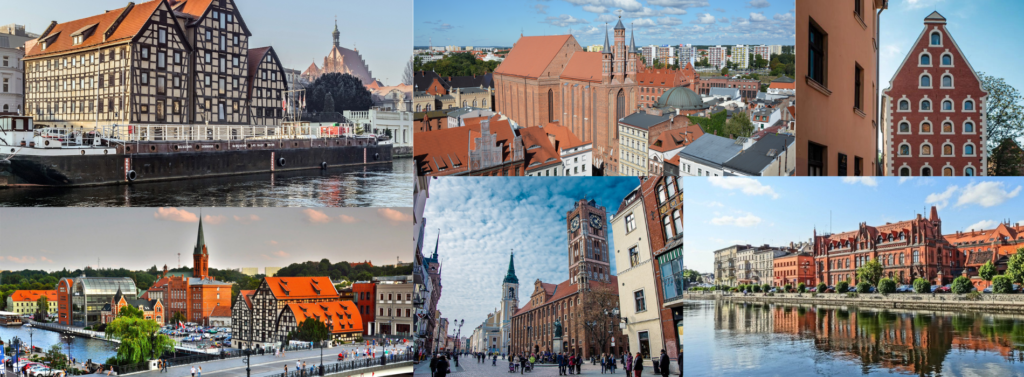The Kuyavian-Pomeranian Voivodeship, situated in the heart of Poland, is a region that beautifully marries the distinct characteristics of Kuyavia and Pomerania. This union has resulted in a cultural and historical tapestry that is both rich and diverse.
Kuyavia and Pomerania: A Historical Overview
Kuyavia and Pomerania, though now united under one administrative banner, have distinct historical trajectories. Kuyavia, with its fertile lands, has been a hub for agriculture and folk traditions. Pomerania, on the other hand, with its proximity to the Baltic Sea, has a maritime heritage that has shaped its identity.
Bydgoszcz: The Modern Metropolis with Ancient Roots
Bydgoszcz, the largest city in the voivodeship, is a testament to the region’s rich history and its march towards modernity. Established before 1238 and granted city rights in 1346, Bydgoszcz has witnessed the ebb and flow of empires and nations. The city’s architecture is a testament to its storied past, with styles ranging from Gothic to Art Nouveau, earning it the nickname „Little Berlin”. The Brda River, flowing through the city, has been a lifeline for trade and commerce. Bydgoszcz’s significance is not just historical; today, it is a hub of economic activities, education, and culture. The city is home to institutions like the Casimir the Great University and the Pomeranian Philharmonic concert hall. The Bydgoszcz Ignacy Jan Paderewski Airport connects it to various European destinations, making it a vital transportation node.
Toruń: The Medieval Marvel
While Bydgoszcz offers a blend of the old and the new, Toruń is a city that seems to have frozen in time. Recognized as a UNESCO World Heritage Site, Toruń’s medieval town is a journey back to the days of yore. It is famously known as the birthplace of the astronomer Nicholas Copernicus. The city’s Gothic architecture, especially its cathedrals and churches, stands as a testament to its historical significance. But Toruń is not just about the past; it is also a significant political and administrative center in the region.
Economic and Cultural Landscape
The Kuyavian-Pomeranian Voivodeship is not just about history and culture; it’s also an economic powerhouse. The region’s strategic location, connecting the Vistula and Oder rivers, has made it a hub for trade and commerce. The Bydgoszcz Canal further enhances its significance as a trade route.

Conclusion
The Kuyavian-Pomeranian Voivodeship is a region where history, culture, and modernity coalesce. Whether it’s the bustling streets of Bydgoszcz, the medieval charm of Toruń, or the unique traditions of Kuyavia and Pomerania, the voivodeship offers a plethora of experiences that are both enriching and enlightening.
